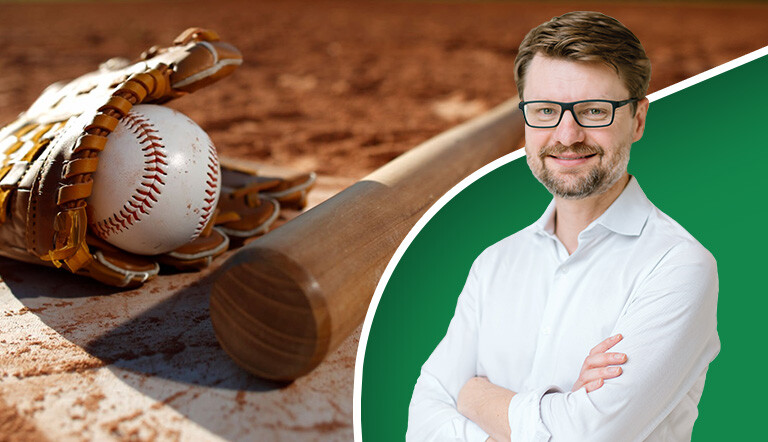
What We Can Learn From Baseball

In agriculture we often joke about having short memories and making decisions for the current season based on last year’s hits and misses. In many cases this can lead to overcorrecting and the creation of new problems. To help overcome this form of recency bias a useful approach is to seek to find the ‘most like’ historical reference point(s).
An example of this is the ‘similarity scores’ that Baseball Reference publishes for all players. Similarity scores match an active player to their most similar historical players, and then use the historical player's career trajectories to predict the active player's future production.
This can be a helpful guide if trying make big decisions such as – should you sign Vladimir Guerrero Jr. to a long-term contract. The similarity score indicates Vladdy is most like Eddie Murray and Boog Powell at this point in his career, and the majority of the top 10 similar players had excellent seasons between the ages of 26 to 29. Many of those players seasons start to decline after 30 and Vladdy turned 25 this year, so maybe a five-year contract?
In our industry a similar approach can be applied. For example, last year was a very unhelpful guide to understanding this year’s fungicide market size, but if we look back to 2016, we find many important environmental similarities to inform a more accurate prediction. This methodology also proved helpful in the middle of the 2021 drought when attempting to understand the potential impact on yield.
While not all situations have a perfect historical analog it’s better to at least start in the ballpark when making predictions. The real challenge is determining which part of history provides the best shot at a home run.
